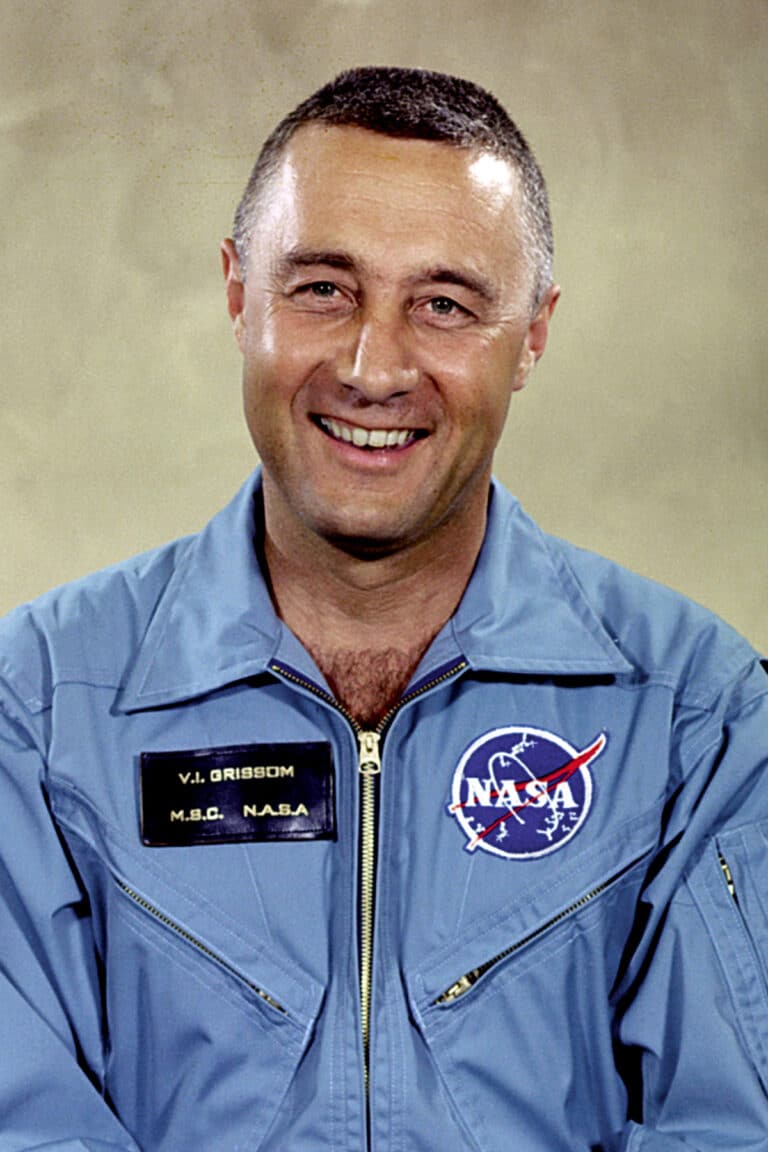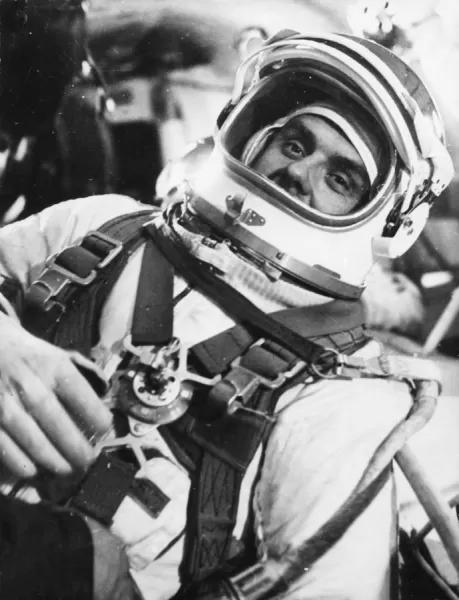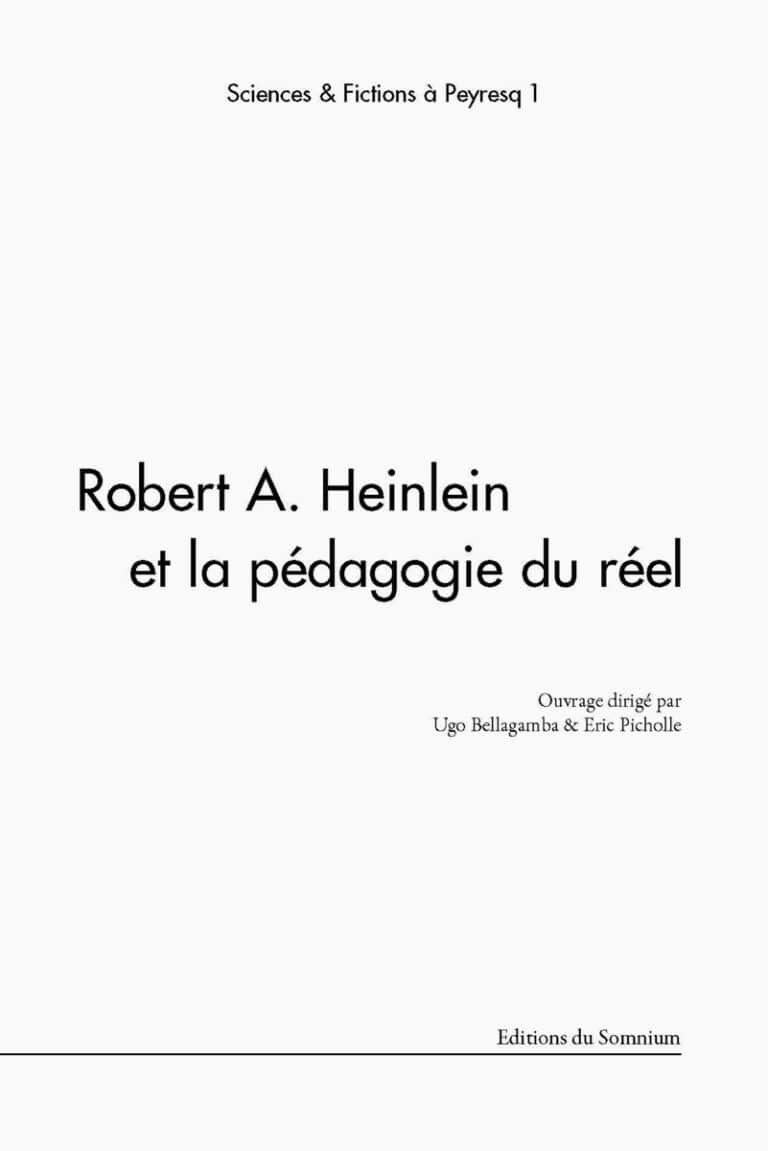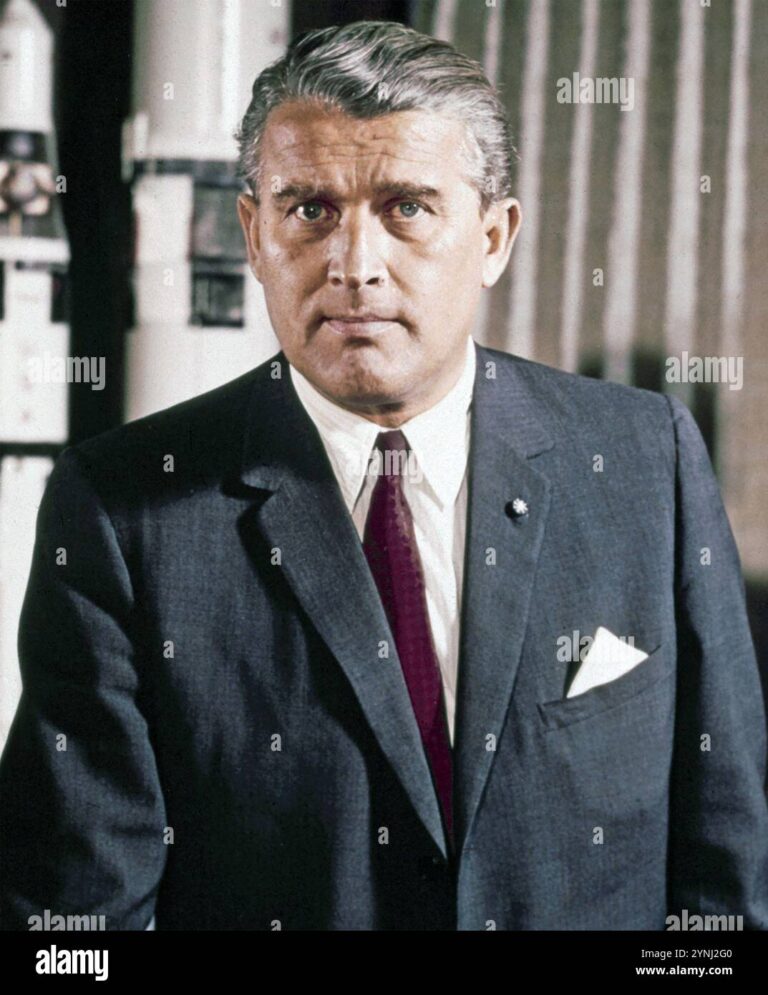THE June 16, 1963 marks a decisive milestone in the history of space exploration, as Valentina Tereshkova achieves an unprecedented feat by becoming the first woman to fly in space. Coming from a modest background and working in the textile industry, this young Russian, passionate about skydiving, has overcome countless challenges to answer the call of the unknown. Selected from 400 candidates, today she embodies a symbol of courage and ambition, transcending gender barriers by flying aboard the ship Vostok 6, where she spent more than 70 hours under the stars. His journey, a mixture of audacity and determination, is a poignant testimony to the human spirit in the face of the immensity of the universe.
Valentina Tereshkova, a textile worker, made history on June 16, 1963, when she became the first woman to fly into space. His journey, marked by a passion for skydiving and the challenge of conquering space, illustrates extraordinary determination. This article looks at her exceptional journey, her rise to the rank of cosmonaut and the implications of her flight for the women’s movement in aeronautics.
Table des matières
ToggleA modest but determined journey
Born in 1937 in the Soviet Union, Valentina Tereshkova grew up in a modest family. At just eighteen years old, she worked in a textile factory, but her dream of adventure led her to practice skydiving. This hobby quickly becomes her passion, and she accumulates jumps, attracting the attention of the Soviet authorities. At this time, the government sought to promote the image of the strong and capable Soviet woman, thus deciding to integrate women into the space program.
Selection from hundreds of candidates
In 1961, the Soviet space program launched a call for applications for human space flight. Valentina, along with 400 other women, answers this call. After a series of rigorous tests and evaluations, she is chosen. His selection as a cosmonaut reflects the change in societal and political perceptions of the time. The authorities wanted to demonstrate that women could also reach heights, both technically and heroically.
The historic flight aboard Vostok 6
On June 16, 1963, the spaceship Vostok 6 takes off with Valentina Tereshkova on board. At only 26 years old, she is thus propelled into history. During its flight, which lasts 70 hours and 41 minutes, it orbits the Earth 48 times. This flight is not limited to a technical feat; it is also the culmination of a fight for gender equality, symbolizing the potential of women in traditionally masculine fields.
A psychological and technical challenge
Valentina Tereshkova faced many challenges during her flight. The weightless conditions were new and demanding, and she also had to manage her own stress. Her experience as a skydiver may have helped prepare her mentally, but spaceflight presented new technical challenges. His courage and determination were key factors that allowed him to succeed in this unprecedented mission.
A lasting impact on society and science
Valentina Tereshkova’s theft had profound repercussions on Soviet and global society. As the first woman in space, she paved the way for other women to consider careers in scientific and engineering fields. This success also spoke to the need for equal gender representation in space and science programs, reinforcing the idea that women could – and should – play a role in technological advancements.
A legacy still alive
Valentina Tereshkova, now 76 years old, continues to inspire current generations. Her audacity in forcing the doors to space, as well as her commitment to gender equality, make her an emblematic figure of the conquest of space. In a changing world, his story remains a striking example of what can be accomplished when you dream big and refuse to be defined by the constraints of your times.






















